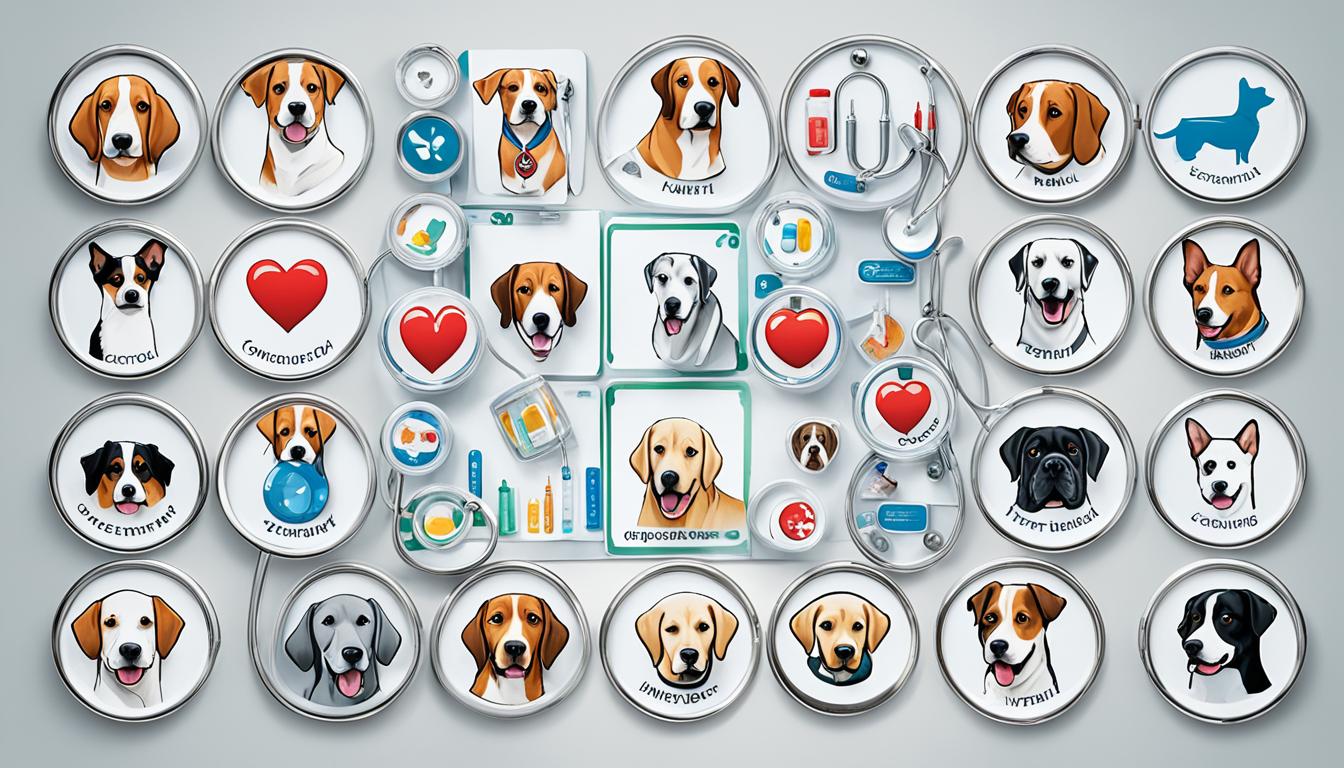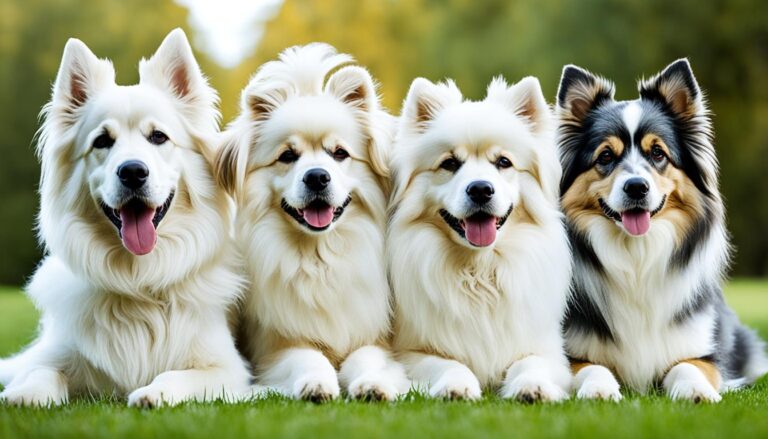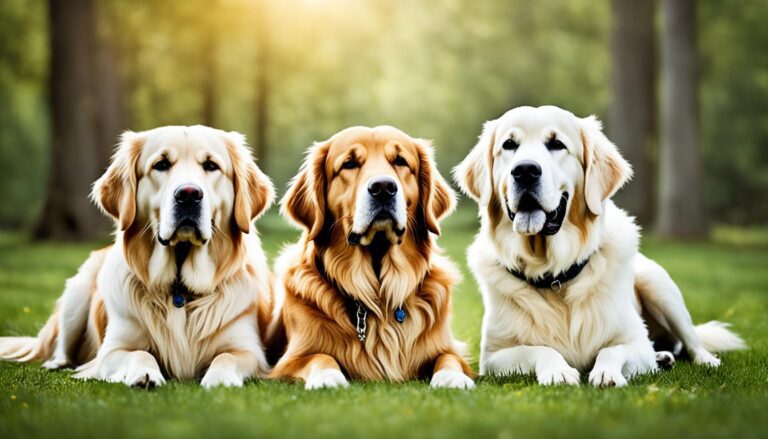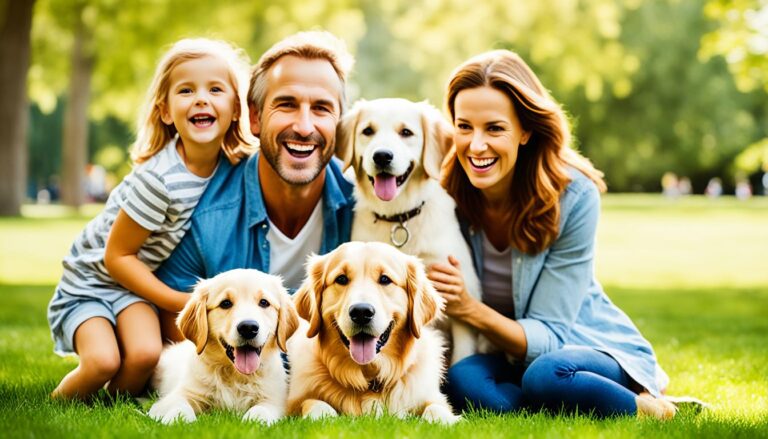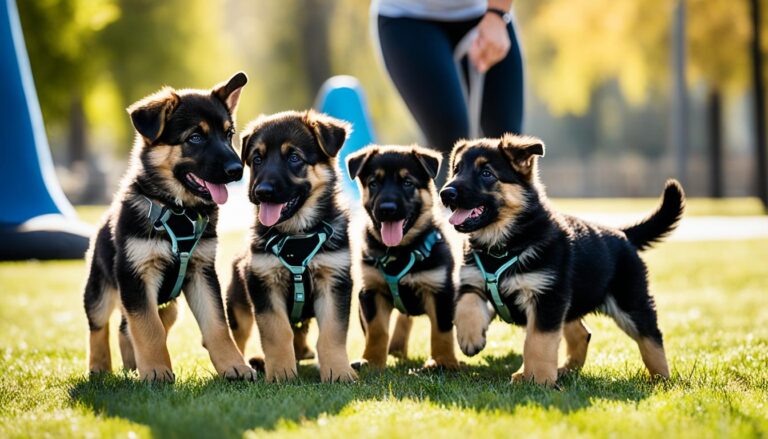Intensive care dog breeds – Dogs that need specialized care.
Ever think about which dogs need the most time, attention, and money from their owners? This article looks into dog breeds that need intense care. These are the dogs that need more special care and hands-on times than others.
Intensive care dog breeds might have tough medical needs, behavior issues, or lots of energy. These high-maintenance dogs, also called special needs dogs, need a lot of time and patience. They need this to stay healthy and happy.
So, what makes these demanding dog breeds different? And how do you know if you’re ready for a needy or very active dog? Let’s learn about time-consuming dogs, medically complex dogs, and high-energy dogs. We’ll find out what it really costs to keep these breeds.
Key Takeaways
- Certain dog breeds require more intensive care and specialized attention from their owners than others.
- These “intensive care” dog breeds may have higher medical needs, behavioral challenges, or energy levels that demand a significant time and financial commitment.
- Prospective owners should carefully consider their ability to meet the unique requirements of these high-maintenance canine companions before welcoming them into their homes.
- Understanding the characteristics and needs of intensive care dog breeds is crucial for ensuring the well-being of both the pet and the owner.
- With the right level of preparation and commitment, owners can provide the specialized care these demanding breeds require and enjoy a rewarding relationship with their furry friends.
Understanding Intensive Care Dog Breeds
Some dog breeds need a lot more care than others. These are called “intensive care” breeds. They have special medical conditions, behave uniquely or need more time and energy.
What are Intensive Care Dog Breeds?
These breeds need lots of work from their owners. They might have health issues needing lots of vet visits. Or they could need more training and social time because they get anxious or behave aggressively. And some just have so much energy, it’s hard to keep up.
Characteristics of High-Maintenance Breeds
High-maintenance breeds have special needs, such as:
- Medical complexity: They might have health problems that are hard to manage, which need serious attention.
- Behavioral challenges: Some need a lot of ‘me time’ or they’ll do things that are not good. They need to be kept busy in good ways.
- Grooming needs: Others need a lot of grooming to keep their beautiful coats healthy.
- Financial considerations: Taking care of these dogs means more vet costs and other expenses.
It’s important to realize what these breeds need. It helps owners be sure they can give them the right care.
Breeds That Require Extensive Attention
When it comes to intensive care dog breeds, we must consider certain key factors. They need a lot of attention from their owners. These dogs often need more work because they are high-maintenance. They can be grouped into three main types: those that are full of energy, those with illness, and those with behavior troubles.
High-Energy Working Dogs
Breeds like the Border Collie, German Shepherd, and Siberian Husky have lots of energy and love to work. They need a lot of exercise, mental games, and regular training. These things help them use their energy in good ways. If they don’t get what they need, they may start to act out, being destructive. So, they will take a lot of time and effort from their owners.
Dogs with Medical Conditions
Some dogs are more likely to have health problems. They need special attention and regular visits to the vet. Breeds like the Pug, English Bulldog, and Cavalier King Charles Spaniel might have trouble breathing, issues with their joints, or heart problems. Taking care of them can also cost a lot. Owners need to be deeply involved in their care.
Breeds Prone to Behavioral Issues
Some breeds have a higher chance of showing bad behaviors if they are not managed well when they’re young. Breeds like the Doberman Pinscher, Rottweiler, and Chow Chow need a lot of training and social time. They need to learn to follow rules and to be around other people and animals from a very young age. This helps them become calm and good pets.

